Kenny flew out to Melbourne to speak at LINA’s Annual Summit in April 2025, talking to fellow publishers about what it’s like to run an independent news outlet — he works with New Jersey’s Redbank Green.

Kenny’s insights on selling digital and print advertising are tailored towards the local news space, and helped LINA publisher Troy Dodds sell a $1200/month digital ad in just five minutes during his presentation.
In his media kit workshop, Kenny walked through the media kit he uses at Redbank Green, providing specific tips on how to close a sales deal with digital and print advertising, and which elements of a media kit are the most useful.
Using your media kit to sell an ad
- Selling an ad is a hands-on process. It should not include just sending through your media kit and hoping you’ll make a sale.
- Your media kit should not just be a menu of your pricing; that’s confusing to everyday people. Use your media kit as a conversation starter, not to close the whole deal.
- If you send your rates without any sort of follow-up conversation, it’s more likely the client will ghost you because they don’t understand the value of the advertising, and you haven’t had the chance to explain it to them. It’s important you don’t make the client have to think too hard.
A media kit should act as a lead generator or fire starter to an ongoing sales discussion.
Kenny’s ‘8 P’s’ to include in a media kit
Place: Show that you’re part of the community, e.g. including a photo of the local street.
Purpose: Your vision, who you are, what you do.
Partnership model: Show off your fixed list of clients, and show where your new client fits into the picture.
People: Share who makes up your team, who your readers and followers are.
Partners: Include testimonials from people you’ve worked with, and add a photo of them. Kenny says to get a great quote from someone, ask them ‘what would you say to someone on the fence about working with me?’. Testimonials are ideal if from a client who owns a prominent business in the community, someone your clients will recognise.
Pain points: Find a way to show that you understand their general frustrations. For example, you could demonstrate how you solved a common problem through a testimonial. You could also write a section along the lines of ‘does this sound familiar?’ and include some well-known headaches like ‘finding social media unpredictable’.
Process: Lay out what happens once the client accepts your work offer.
Products: What advertising packages do you offer? Consider ordering them as tiers or as named products. For example, instead of listing your best spot as ‘gold’ or ‘package 1’, call it the ‘community pillar’ spot, so that your client can feel represented in that option.


